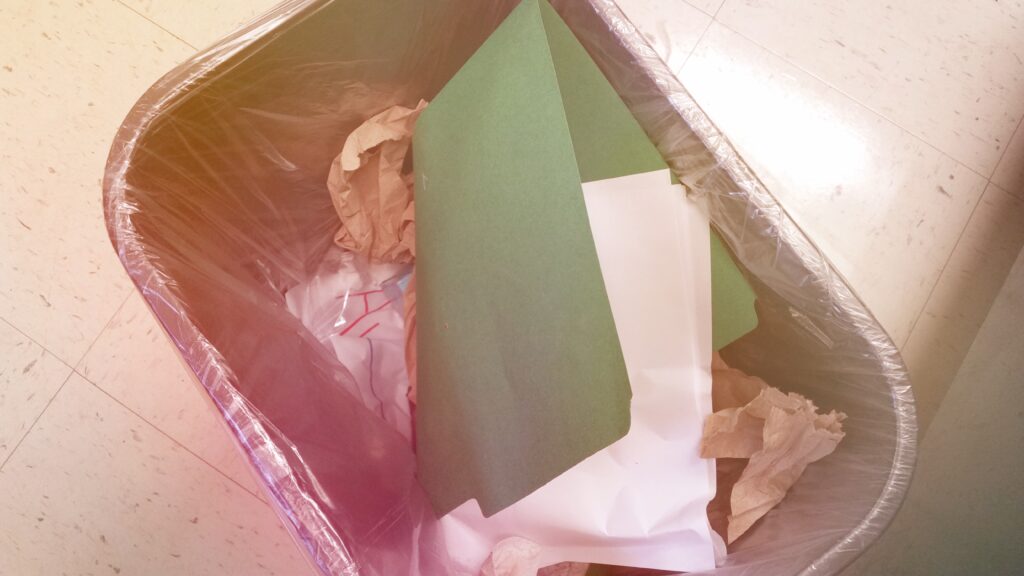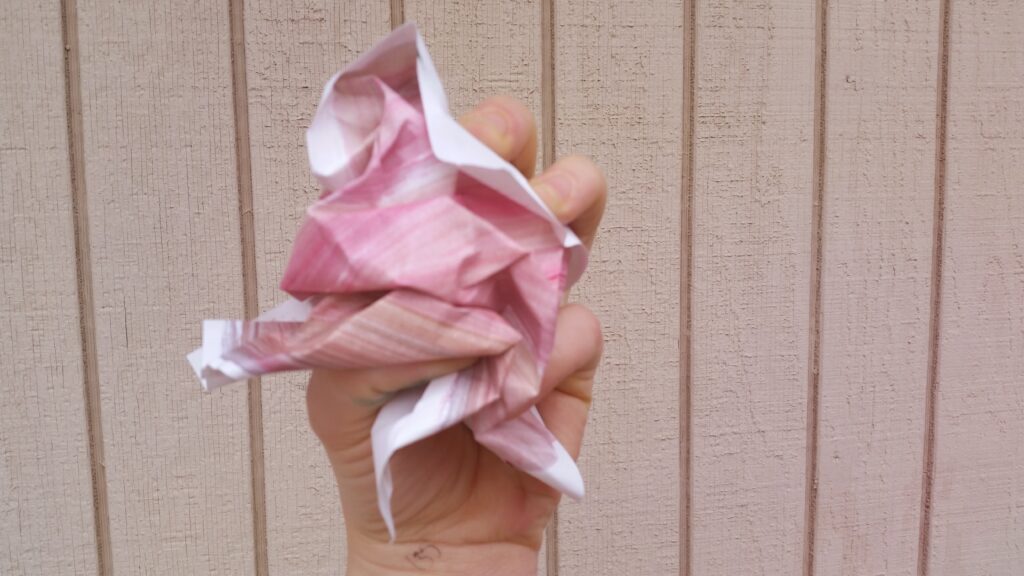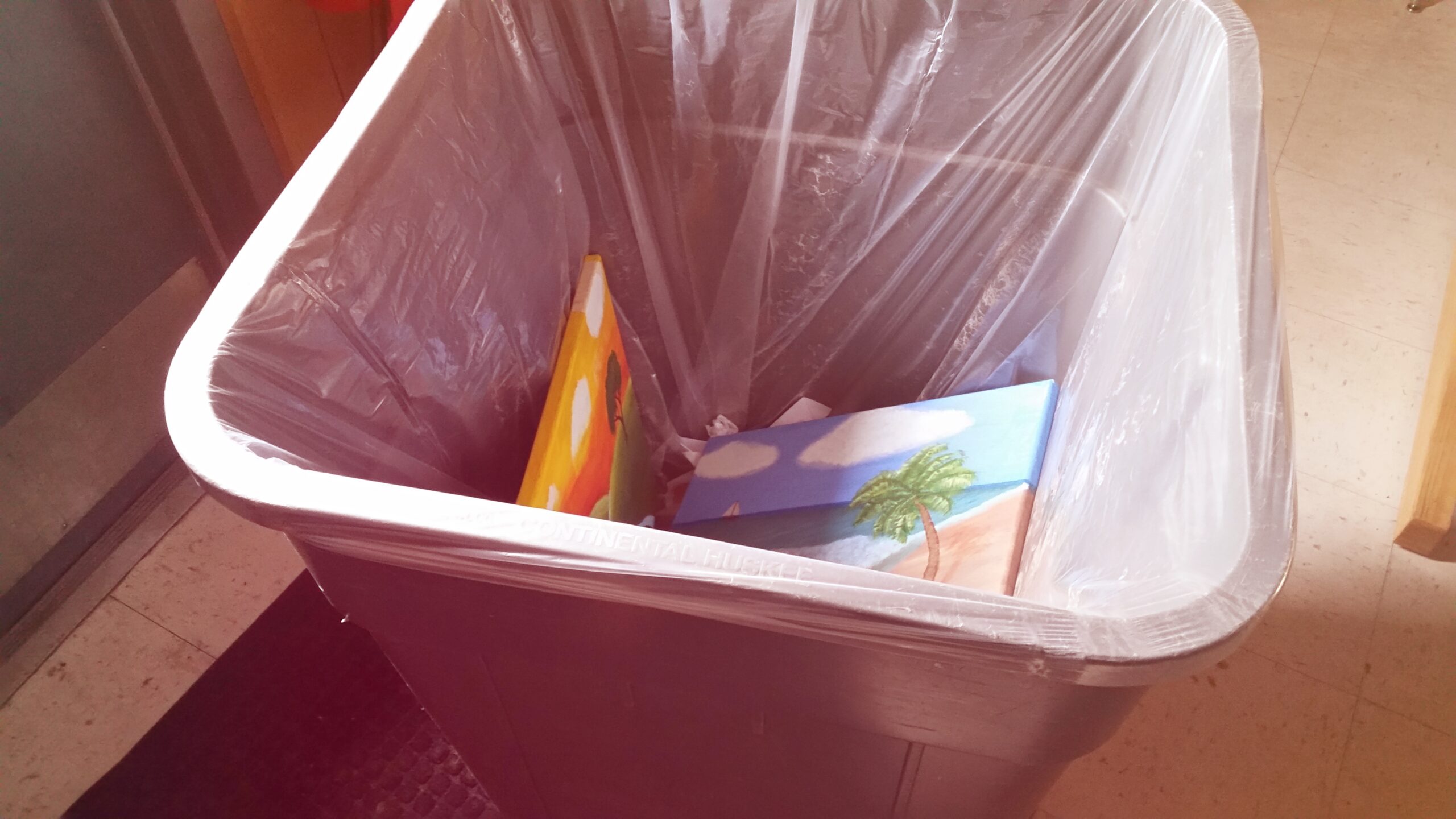Have you ever seen a child throw away weeks worth of hard work on the way out the door? It’s a sore spot for teachers, and we react in different ways. Some subtract points, some go further threatening to fail students who throw away work. Others just ask that it’s taken home first. People like me, however, wonder why some teachers even care about the issue.
In my classroom, if a student wants to throw work away, I’ll pass them the trash can. Here are three reasons why.
1. It establishes an honest relationship.
There is no way for students and parents to keep every piece of artwork produced in school. Some things will be kept while others are thrown away. I also know that students will not love every project they make and I realize that I can’t force them to, so I don’t try. Allowing work that isn’t wanted to be recycled or thrown away makes room for students’ opinions and preferences. Plus, it encourages acceptance of students as individuals capable of making decisions instead of forcing my preferences on them.

2. It can provide valuable feedback.
If you give students the option of disposing of work they don’t want, you’ll be able to collect some valuable information. You will quickly notice which projects are successful and which ones could be tweaked based on what work kids keep and what goes in the trash. If you notice that lots of your students are tossing a particular project, take it as a loud and clear sign you need to find something that works better. This information can be immensely valuable if you use it to help with planning.

3. It’s not your work.
Who has ownership of the artwork made in your class? We want our kids to invest in their artwork, to make an effort and really connect with what they’re doing. If we ask this of them, we need to give them the responsibility to decide what to keep and what to get rid of. We can’t make them like everything they make. As a working artist, I frequently decide to scrap something and start from scratch. In giving students ownership of these decisions, we are giving them an important learning opportunity.
Positive relationships are reciprocal. If we expect our students to care about what we teach, we need to show that we respect them as individuals. This includes allowing them to decide what to do with finished artwork. Forcing kids to keep work, especially by using low grades as punishment, is damaging to the teacher-student relationship. In the end, not allowing work to be thrown away isn’t about what’s good for the student, it’s about the teacher’s feelings.
What’s your policy on the disposal of work?
How do you handle the issue of throwing work away?
Magazine articles and podcasts are opinions of professional education contributors and do not necessarily represent the position of the Art of Education University (AOEU) or its academic offerings. Contributors use terms in the way they are most often talked about in the scope of their educational experiences.





